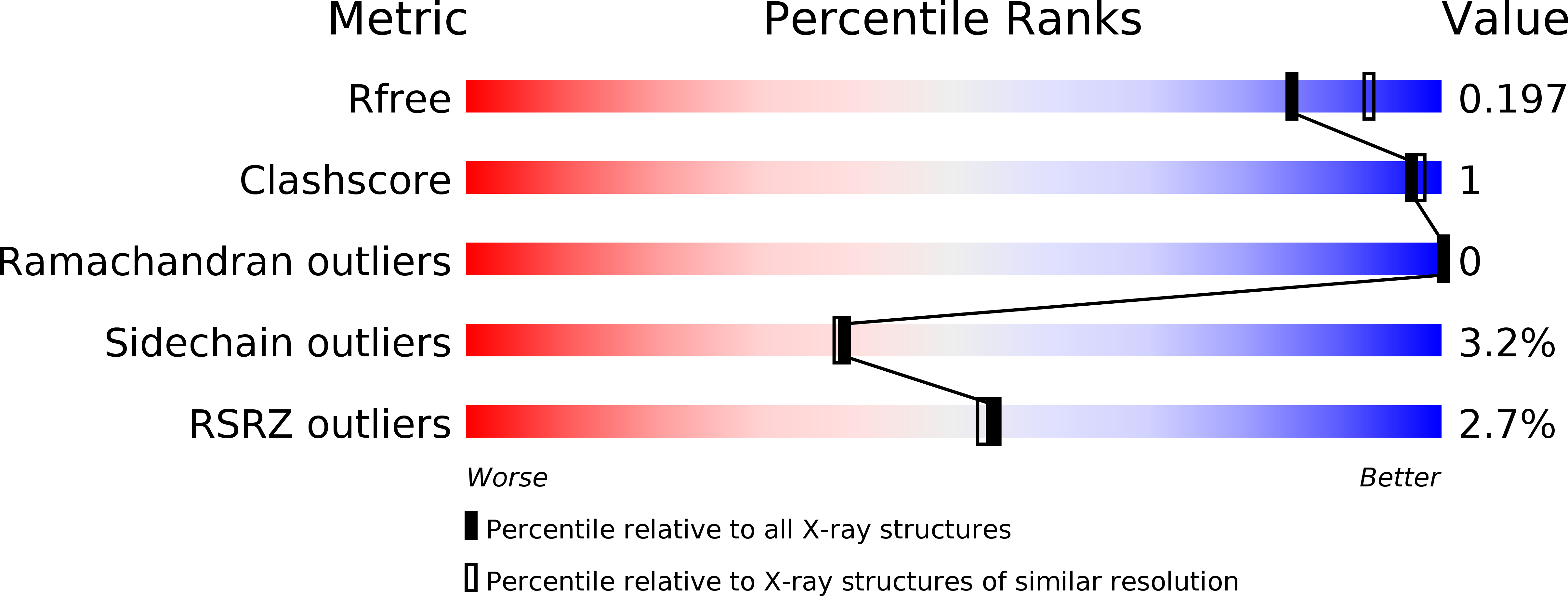
Deposition Date
2016-05-18
Release Date
2017-03-29
Last Version Date
2024-01-10
Entry Detail
PDB ID:
5G4Y
Keywords:
Title:
Structural basis for carboxylic acid recognition by a Cache chemosensory domain.
Biological Source:
Source Organism:
Pseudomonas syringae (Taxon ID: 317)
Host Organism:
Method Details:
Experimental Method:
Resolution:
2.00 Å
R-Value Free:
0.18
R-Value Work:
0.16
R-Value Observed:
0.16
Space Group:
P 64


